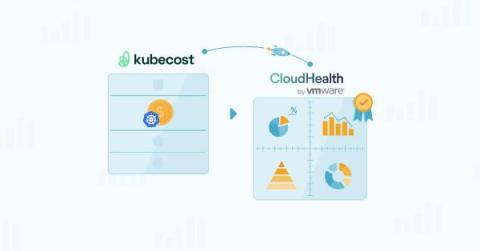How to host a multiple-application project on Platform.sh
We’re here to shed a little light on how you can host and configure your multi-app projects on Platform.sh with a step-by-step guide on how to set up a project on our platform. Enabling your team to focus more on creating incredible user experiences and less on multi-app infrastructure management. As well as a few multi-app development tips along the way. We’re going to look at this through the lens of a customer on the lookout for multi-application hosting with a few specific constraints.











